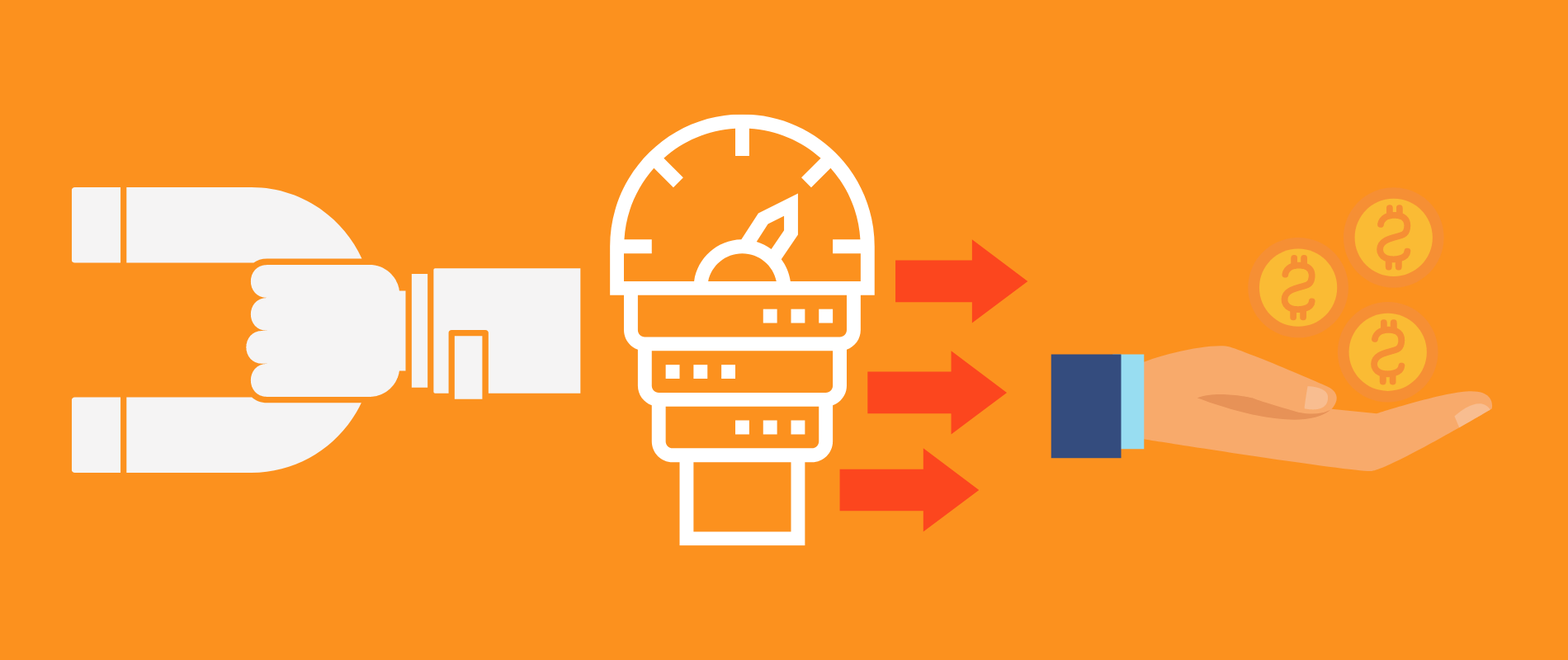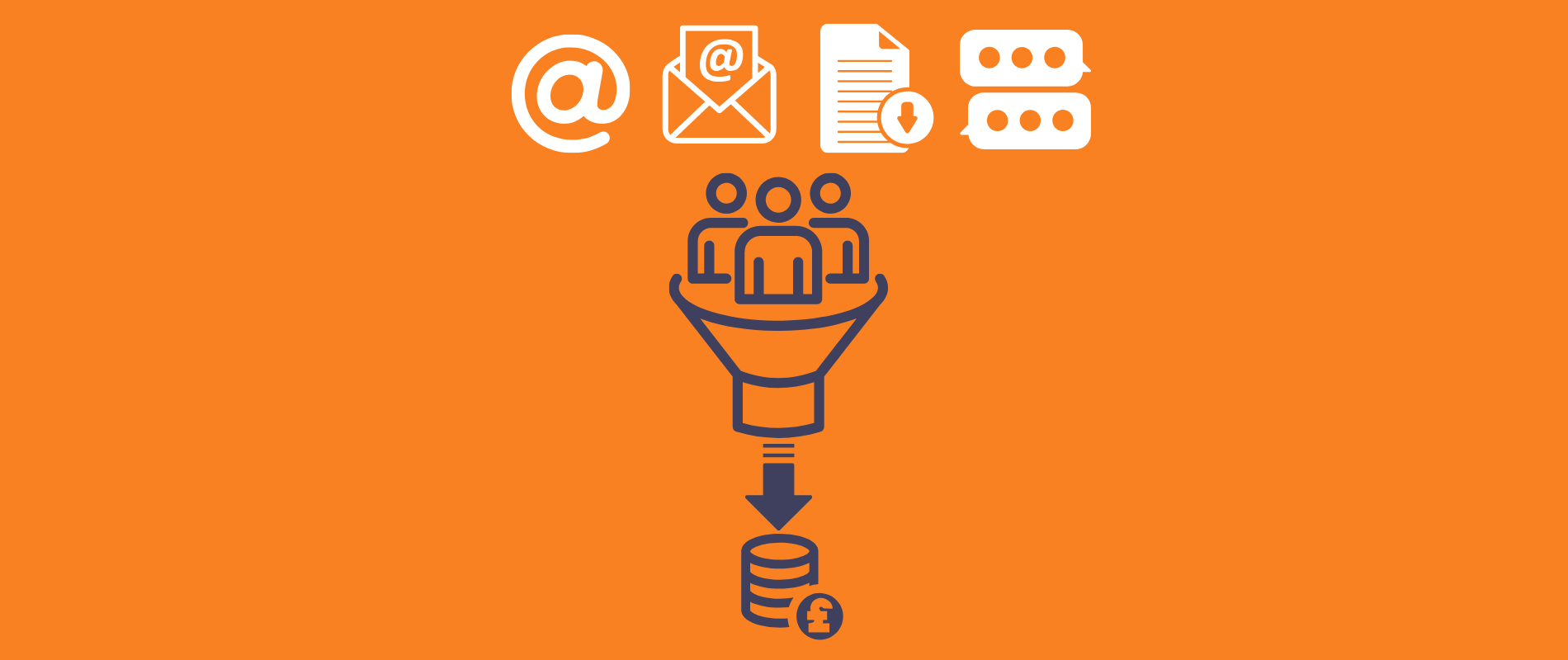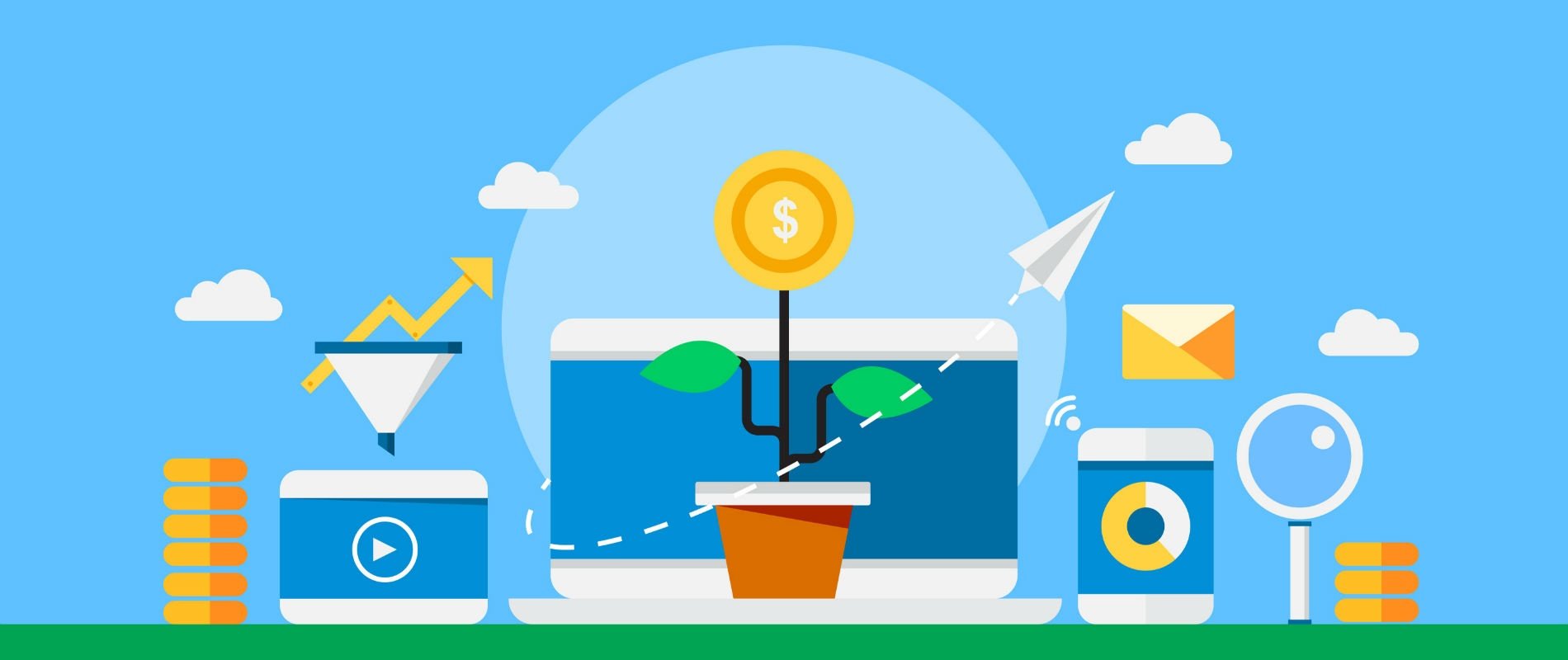
Get weekly
HubSpot updates
There is no denying, sales and marketing teams love funnels. They are a great tool that help businesses follow a potential customers' path to becoming a committed customer.
Sales funnels work so well, inbound marketing has its own specific type. If you are new to the inbound sales funnel, or would just like to learn more, this article discusses the following inbound topics:
- What is an inbound sales funnel?
- The stages to an inbound sales funnel
- How to generate and convert leads with your sales funnel
- Marketings tips and tricks to help you along the way
What is an inbound sales funnel?
The concept of an inbound sales funnel has not changed much since its inception. But what has changed is how inbound marketing now dominates the sales funnel. An inbound marketing strategy indicates to your marketing team what resonates with customers. Understanding the specific needs and pains of your prospects by building buyer personas informs your messaging and tactics. The basic premise behind a sales funnel is that not all visitors want the same thing. Some are casual visitors while others are seasoned buyers. Inbound marketing helps convert leads into purchases. The most basic sales funnel has three stages that you should be planning for:
Top of Funnel
The top of the sales funnel is where most of your visitors belong. Top of the funnel visitors generally do not make a purchase the first time. However, even if a purchase is not their intent, it is still necessary to know your largest demographic.
Classified as "learners," they are there doing research and examining different solutions, so it is best not to push them away with generic sales pitches and targeted ads. Be subtle and try to nurture them further down the funnel. An attractive lead magnet will help you capture these visitors, while a lead nurture strategy helps answer the questions that led the visitor to your site.
Middle of Funnel
Individuals in the middle of the funnel are more serious "shoppers." They have done the research and have a general idea of the solution they need. They are scoping out their options and looking for specific products and information. Although they need a product, they usually do not purchase the same day.
If a person is in the middle of the funnel, give them all the necessary information they need to make an educated decision, and to move them further along.
Bottom of Funnel
The bottom of the funnel is the smallest portion of visitors, but the most profitable. Classified as "buyers," they have done the research, trusted your product or service, and made the purchase. Even though they already trust your brand, you must continue to nurture the relationship to have them coming back as a recurring customer. The next section will tell you just exactly how to do that!
How to convert leads with an inbound sales funnel
The fact of the matter is, all casual visitors can be the bottom of funnel buyers. It just requires time and relationship building. Customers need to know that your business is a trustworthy industry leader. Once you establish that connection, the sale is final. There is an inbound sales methodology that businesses can follow to generate leads into buyers.
Producing content that promotes your website
Content is key to providing visitors with the necessary information to make an educated purchase. Most people at the top of the sales funnel are just looking for information. Content indicates you know what you are talking about and are a trustworthy source. To maximise foot traffic and reach a wider audience, SEO content is a great way to get your content ranking on Google's search engine. Social media platforms and social media posts are other great forms of content to expand your brand awareness.
“Blog became an integral part of our on-page SEO strategy. If before, we rarely posted new articles, now we prioritize the blog content”. - David Morneau
Attracting leads through landing pages
The best way to turn casual visitors into leads is through a landing page. Landing pages have a call-to-action, which entices visitors to exchange basic information, such as their email or phone, to learn more about your product or service. Then, you can start a nurturing campaign to see how likely they are to buy from you.
“Inbound selling largely focuses on user's interest, it calls for a demand of highly user-friendly websites with high responsiveness to ensure a good user experience.” - Shiv Gupta
Closing the Deal
Through your marketing sales funnel, and nurturing campaign, you know whether a person is willing to make a purchase. If all signs point to a sale, it is time to close the deal. Communication is paramount and should include targeted information suitable for a customer's personal needs. Likewise, there should be a subtle prompt to meet with a salesperson and pursue a consultation. If done correctly, your lead will meet with a salesperson and close the deal.
How We Can Help You Convert
At SpotDev, we are a marketing and sales company focussed specifically to help SaaS businesses generate more leads and to help convert leads into sales. Our dedicated teams of consultants can help you through any part of the inbound sales and marketing process. Likewise, we can design and launch nurturing campaigns that convert middle of funnel shoppers to bottom of funnel buyers. If you need a business to handle your marketing campaign, consider sales tools or just would like to learn more, feel free to book a growth call to learn how we can help your business grow!
Start planning your sales funnel with the SaaS Sales Toolkit
Get your free toolkit and convert more leads into sales

